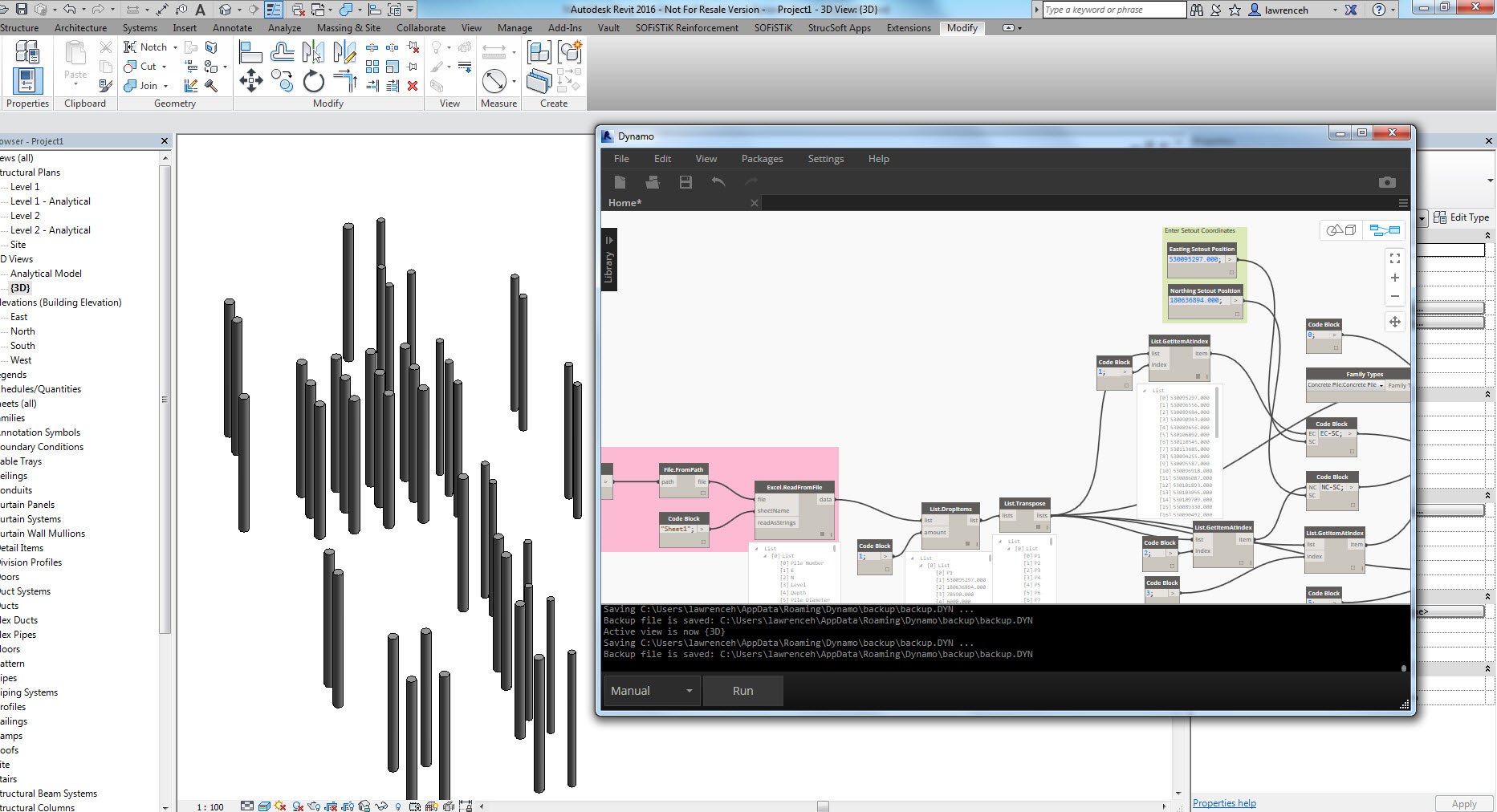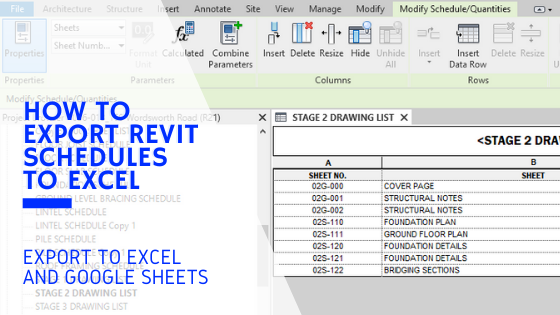Grasping the Art of Data Assimilation: Just How to Seamlessly Import Excel Files Into Revit
Are you struggling to import Excel documents into Revit smoothly? Look no more! In this short article, we will certainly lead you through the procedure of understanding the art of data combination. Discover the relevance of seamless assimilation in Revit and explore the Excel data layout for Revit assimilation. Prepare yourself to prepare your Excel information easily and follow our detailed guide to import files right into Revit. With our ideal practices, you'll achieve data combination success in a snap. Allow's get going!
Comprehending the Value of Information Combination in Revit
Comprehending the value of data integration in Revit is important for seamless importing of Excel documents. It permits you to effectively upgrade and manage details throughout the entire task when you incorporate data from Excel right into Revit. This assimilation makes certain that your style and building process is precise and updated.
By integrating data, you can conveniently import and update parameters, schedules, and even geometry in Revit. This removes the need for hands-on information entry, saving you time and lowering the danger of errors. With Revit's information assimilation capabilities, you can preserve consistency and precision in your task, while additionally enhancing partnership amongst staff member.

Exploring the Excel File Format for Revit Combination

In order to efficiently integrate Excel documents right into Revit, it is critical to ensure that the information is formatted appropriately. This consists of correctly classifying rows and columns, in addition to structuring the data in such a way that is suitable with Revit's data schema. Revit utilizes certain specifications and groups to organize data, so it is important to line up the Excel data with these parameters to guarantee a seamless assimilation.
In addition, it is necessary to note that Revit only sustains particular data kinds when importing from Excel. These consist of message, numbers, and days. Any various other information kinds, such as formulas or conditional formatting, will certainly not be identified by Revit and may create problems throughout the assimilation process.
Preparing Your Excel Information for Seamless Import Into Revit
To ensure a smooth assimilation process, you'll require to appropriately layout and label the columns and rows in your Excel data before importing it into Revit. This step is crucial since it permits Revit to properly translate and organize your data. Start by examining your Excel information and determining which rows and columns contain appropriate information for your Revit project. Make sure to label each column with a detailed and clear header. This will help you and others quickly recognize the purpose of each column and stay clear of complication during the import process.
Next, guarantee that the data in each column is appropriately formatted. If you import excel into revit have a column for measurements, make sure that all dimensions are regularly formatted in the exact same systems of dimension. Revit counts on regular format to precisely interpret and import information.
In addition, it is very important to look for any kind of vacant cells or variances in your information. Revit might not have the ability to check out or import data from cells that are empty or have errors. Therefore, it is advised to review your Excel data and tidy up any inconsistencies prior to importing it right into Revit.
Step-By-Step Overview to Importing Excel Record Into Revit
Once you've properly formatted and classified your Excel information, you can quickly import it into Revit by following this step-by-step guide. To start, open Revit and browse to the "Insert" tab. Click "Import CAD" and select "Import Excel" from the dropdown menu. A brand-new home window will appear, asking you to situate the Excel data you wish to import. Browse your computer system and pick the Excel file, after that click "Open."
Next, a dialog box will certainly show up, permitting you to personalize the import setups. Here, you can pick the worksheet you wish to import, specify the range of cells to import, and choose the proper units for your information. When you have actually made your choices, click "OK" to proceed.
Revit will now present a preview of your Excel information. Take a moment to assess the preview and make sure that every little thing looks right. If needed, you can make changes to the import setups by clicking on the "Setups" switch.
Ideal Practices for Data Integration Success in Revit
See to it you comply with these ideal methods to make certain effective combination of information in Revit. Most importantly, it is essential to arrange your data in Excel before importing it into Revit. This suggests making sure consistent calling conventions, appropriate check these guys out format, and precise data representation. Next, use Revit's integrated devices for data mapping. This will certainly enable you to match the columns in your Excel documents with the equivalent criteria in Revit. Be conscious of the data and units kinds when mapping the information, as any kind of discrepancies can cause mistakes in the combination procedure.
An additional important technique is to on a regular basis verify and update your information. As your job proceeds, it is important to maintain your Excel data up to date with any type of changes made in Revit. This will help preserve the accuracy and uniformity of your data throughout both systems. Additionally, utilize information recognition tools within Revit to recognize any type of errors or disparities in the incorporated data.
Finally, it is recommended to develop a clear operations for information combination. This consists of specifying duties and duties, establishing a communication channel in between employee, and establishing a normal tempo for information updates and reviews. By following these best methods, you can ensure a effective and look at these guys seamless combination of information in Revit, ultimately improving the performance and accuracy of your job.
Final Thought
In conclusion, mastering the art of information combination is critical for smooth import of Excel submits into Revit. Recognizing the significance of information assimilation in Revit is the first action towards effective combination.
When importing information from Excel right into Revit, it is essential to understand the data layout and how it can influence the integration procedure (revit add ins). Revit uses specific criteria and classifications to arrange information, so it is important to align the Excel information with these parameters to make certain a seamless integration
Be conscious of the devices and data types when mapping the data, as any type of inconsistencies can lead to errors in the combination process.
Additionally, make use of information validation tools within Revit to identify any mistakes or variances in the incorporated data.
